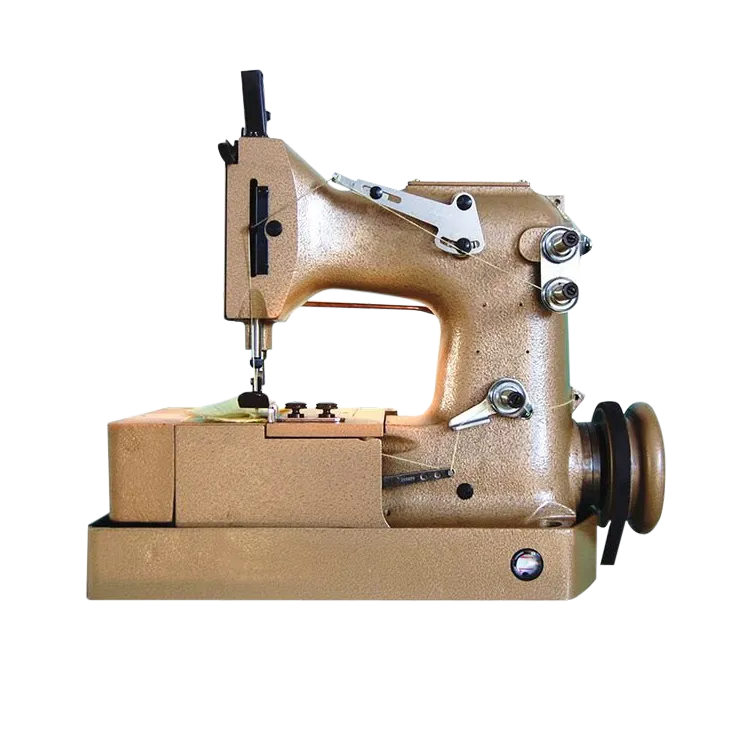How to Replace a Needle on Your Sewing Machine Efficiently and Safely
Changing a Needle on a Sewing Machine A Step-by-Step Guide
Sewing is a wonderfully rewarding craft that allows individuals to create everything from clothing to home decor. One key aspect of successful sewing lies in maintaining your sewing machine, specifically changing the sewing needle. A new needle can make a significant difference in the quality of your stitches and the overall performance of the machine. This article will guide you through the process of changing a needle on a sewing machine in a straightforward and efficient manner.
Why Change Your Needle?
Before diving into the mechanics of changing a needle, it’s essential to understand the importance of this task. Over time, needles can become dull, bent, or damaged, leading to poor stitch quality. A dull needle may cause fabric to snag, skip stitches, or even lead to thread breaking. Depending on the type of project, you may also need to switch between different needle types, as various fabrics require specific needles for optimal results. For instance, a ballpoint needle is best for knits, while a sharp needle works better with woven fabrics.
Tools You'll Need
Changing a sewing machine needle is straightforward and typically requires only a few tools
1. New Needle Always keep a variety of needles on hand suited for different fabrics. 2. Screwdriver This is often included with your sewing machine for changing the needle. 3. Fabric Scissors For trimming any threads. 4. Thread New thread may be useful if you're switching projects or types.
Step-by-Step Instructions
1. Turn Off Your Sewing Machine Safety first! Always turn off the power before making any adjustments or changes.
2. Remove the Presser Foot Depending on your sewing machine model, you may need to remove the presser foot to access the needle more easily. Refer to your machine’s manual for specific instructions.
changing a needle on a sewing machine

4. Loosen the Needle Clamp Screw Locate the needle clamp screw, usually found just above the needle. Use a screwdriver to loosen this screw. Turn it counterclockwise, just enough to release the needle without completely removing the screw.
5. Remove the Old Needle Gently pull down on the old needle until it comes free from the needle clamp. Be careful, as the needle may be sharp and can cause injury.
6. Select the New Needle Choose a new needle that suits your current project. Ensure it is the appropriate size and type for the fabric you are using.
7. Insert the New Needle With the flat side facing the back (most sewing needles are designed with a flat side), slide the new needle up into the needle clamp. Push it all the way up until it cannot go any further.
8. Tighten the Needle Clamp Screw Once the new needle is in place, retighten the needle clamp screw by turning it clockwise. Make sure it is secure but take care not to overtighten, as this may damage the needle.
9. Reattach the Presser Foot If you removed the presser foot, now is the time to put it back on.
10. Test Your Machine Before you start your project, it’s wise to perform a few test stitches on a scrap piece of fabric to ensure the needle is functioning correctly. Check for even stitches and make sure there are no skipped stitches.
Conclusion
Changing the needle on your sewing machine is a simple yet crucial task that greatly affects your sewing experience. Regularly replacing a worn or damaged needle can save you time and frustration, ensuring your projects come out beautifully. By following this guide, you can confidently change your needle and keep your sewing machine in top-notch condition. Happy sewing!
-
Boost Production Efficiency with a Pattern Sewing MachineNewsAug.29,2025
-
Industrial Excellence with the Best Heavy Duty Sewing MachineNewsAug.29,2025
-
Precision and Power with the Best Pattern Sewing MachineNewsAug.29,2025
-
Reliable Bulk Packaging Starts With the Right FIBC Sewing MachineNewsAug.29,2025
-
Advanced Packaging Solutions: Elevate Productivity with Jumbo Bag Sewing Machine and Industrial Stitching EquipmentNewsAug.29,2025
-
High-Performance Solutions for Bulk Packaging: FIBC Sewing Machine and MoreNewsAug.29,2025
-
Maximize Efficiency with an Industrial Cylinder Arm Sewing MachineNewsAug.28,2025


























